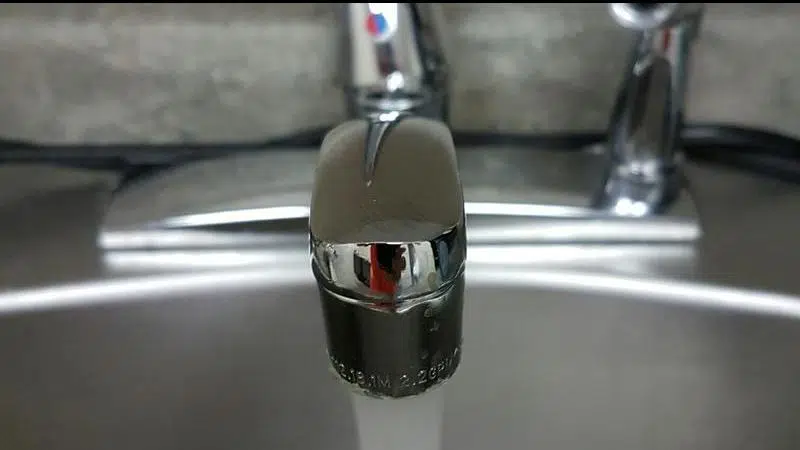
No major concerns from local communities after lead level study released
Water quality and lead have been in the forefront since the results of a nation-wide study released earlier this week.
The study found that some homes in Saskatoon, Regina, Moose Jaw, and other cities had lead levels comparable or higher than those of Flint, Michigan during its 2015 lead crisis.
northeastNOW reached out to local towns and cities to inquire about lead piping and connections, and whether it posed a risk to residents.


